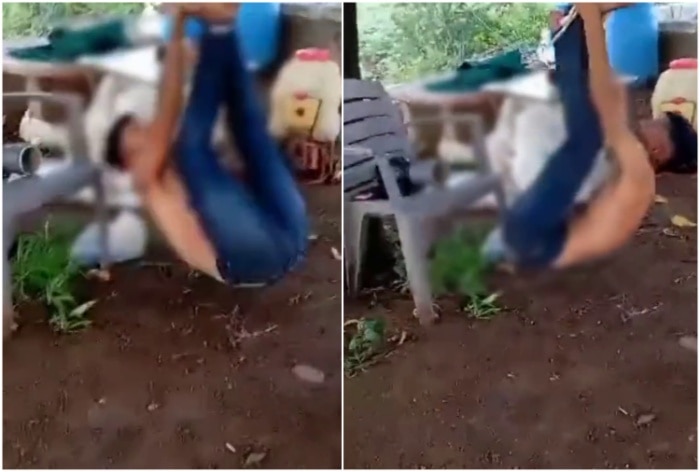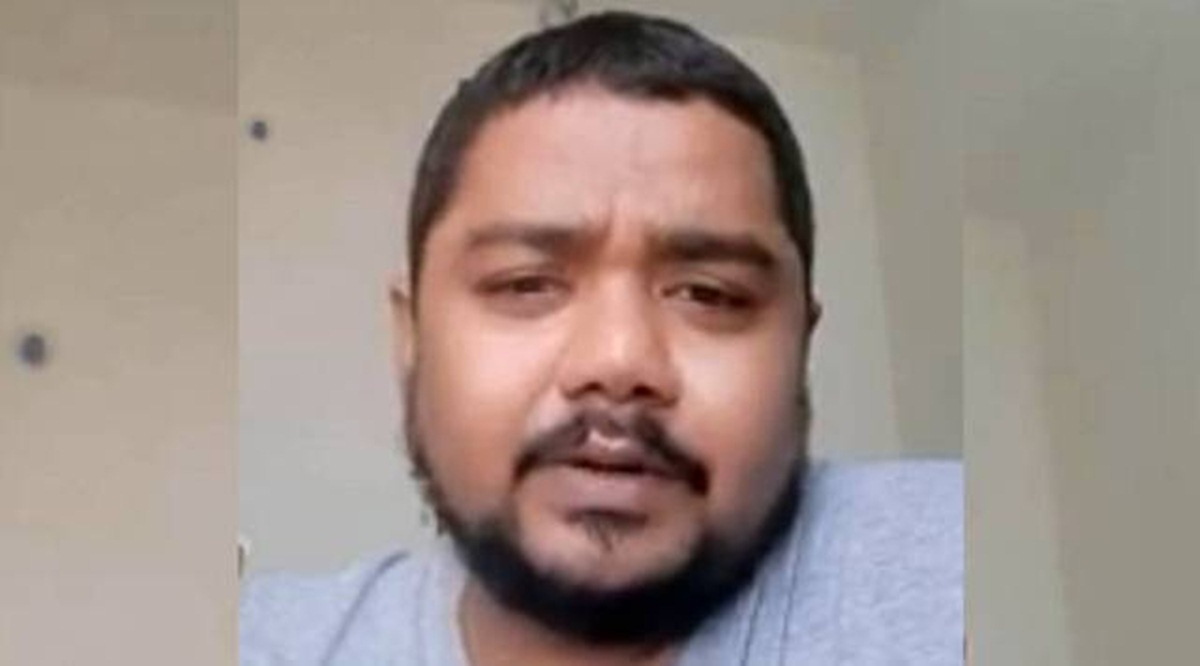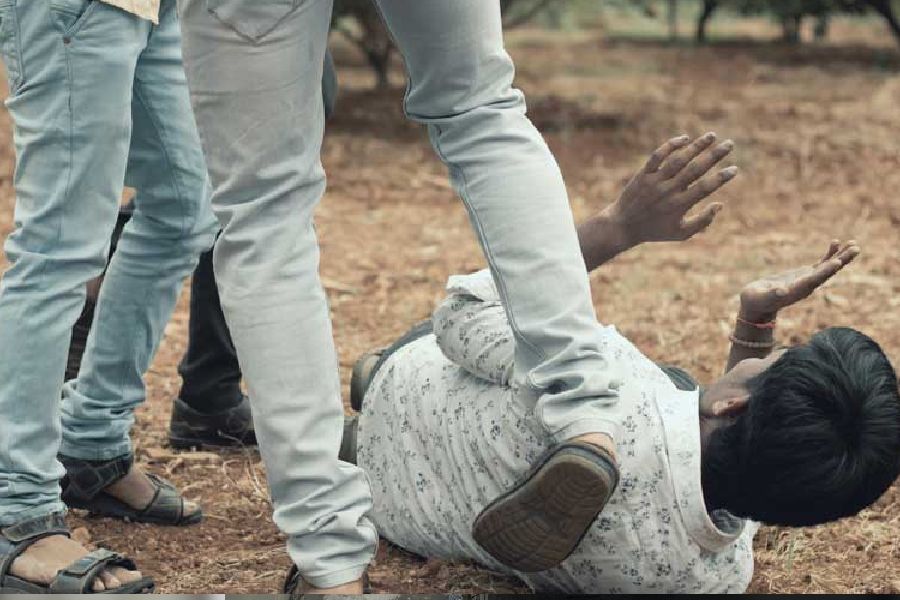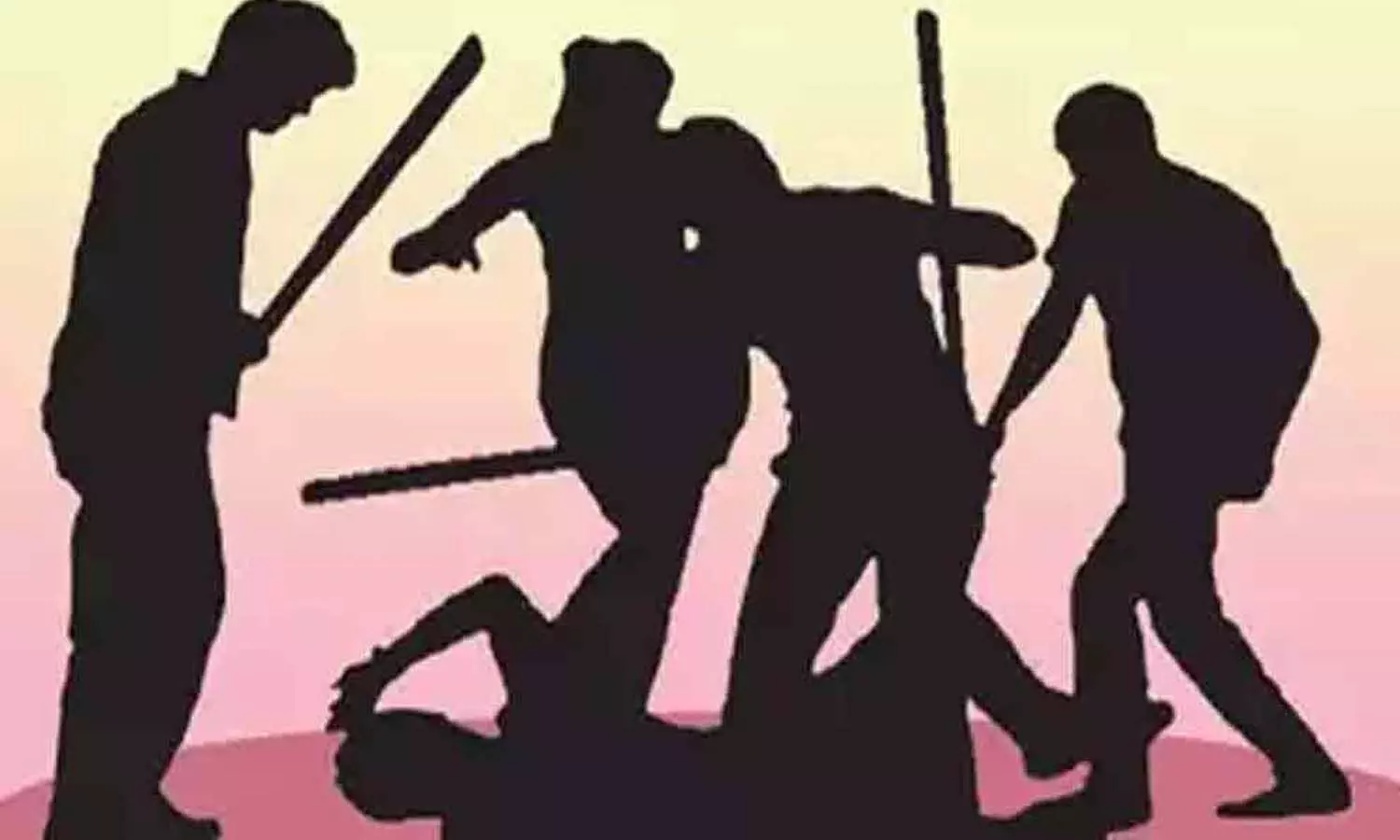India Lands On the Moon, But Back Home We Still Fester Hatred And Biasness Based On Caste Discrimination, The Story of Being a Dalit in India
A recent incident in Maharashtra's Ahmednagar district, where four Dalit men were hung upside down from a tree and brutally beaten over the mere suspicion of stealing a goat and pigeons, and the video of the same made and circulated on social media shows that nothing has still changed at the grassroots level in India where persistent social evils still haunt our society. At a time when India celebrates its outstanding achievement of the scientific splendor of landing on the moon, it's paradoxical to witness that the deeply ingrained prejudices of caste discrimination continue to plague the social fabric of this country.

From Scientific Achievements To Being A Dalit
We are born innocent, our hearts untainted by biases, and our minds unburdened by prejudices; however, as we journey through life, something changes, and we often become entirely different and the question that lingers is: How do we transition from the purity of innocence to the complexities of prejudice?
At a time when technological advancements are propelling humanity into space exploration, it’s paradoxical to witness the deeply ingrained prejudices of caste discrimination that continue to plague India’s social fabric.
As the nation celebrates its achievements, stories like those of Dalit individuals being subjected to heinous acts of violence and systemic bias show that despite our scientific progress, the shackles of discrimination are far from being broken.

The recent incident in Maharashtra’s Ahmednagar district, where four Dalit men were hung upside down from a tree and brutally beaten over the mere suspicion of stealing a goat and pigeons, reminds us of the persistent social evils that still haunt our society.
Incidents such as these are just out of the many that may perhaps unfold every day, culminating in acts of extreme violence, turning victims into targets of unspeakable brutality.
Another incident is that of Vivek Raj, a 35-year-old Dalit employee of Lifestyle International Pvt. Ltd. in Bengaluru, who died by suicide after accusing his employers of caste discrimination, shedding light on the pervasive bias that extends even to the workplace.
Raj’s tragic story reveals the challenges Dalit individuals face who strive to break free from societal limitations and pursue their dreams, only to be met with discrimination that pushes them to the brink.

Vivek Raj’s heartbreaking video, recorded before his death, brings to the forefront the hurdles Dalits face when they attempt to challenge the deeply entrenched discrimination.
His words are that of frustration and helplessness, perhaps felt by countless Dalit individuals who are constantly reminded of their “lower” status in society despite their talents, education, and hard work.
Raj’s plea for a better grievance resolution system, where he not only contacted the HR of the company that he worked for but also appealed to the Prime Minister, Narendra Modi, reflects the desperation for change, a change that remains elusive for far too many
The caste system, which has historically categorized individuals into hierarchies and determined their social standing from birth, continues to perpetuate inequality and injustice.
While India has achieved remarkable milestones in various fields, from technology to space exploration, caste-based discrimination still thrives, tarnishing the country’s progress and global reputation.
Is the fight against caste-based discrimination just the responsibility of the oppressed?
Or is it a collective responsibility that rests on the shoulders of society, government, and institutions?
Stringent steps need to be taken to eradicate not only the overt acts of violence but also the systemic biases that silently hinder the progress of Dalit individuals.

Who Are We As Humanity?
As the nation rejoices in its scientific achievements and dreams of exploring distant planets, it must also introspect and confront the dark realities that persist within its own borders.
Technological advancements do not solely define progress; it is measured by how inclusive and just a society becomes; therefore, until every individual, regardless of their caste, can live a life free from discrimination and fear, India’s journey toward true progress remains incomplete.
The stories of Dalit individuals like those hung upside down from a tree in Maharashtra and Vivek Raj’s tragic death should serve as a wake-up call for India to prioritize the eradication of caste-based discrimination.
The Historical Struggles of Dalits in India, From Oppression to Emerging Voices
The history of Dalits in India is one marred by centuries of discrimination, oppression, and social exclusion.
While progress has been made in recent times, the scars of historical injustice still linger, and the struggle for true emancipation continues, as seen in the two instances above, and there are countless more!

Ancient Roots of Discrimination
The origins of caste-based discrimination can be traced back to ancient Indian society, where individuals were categorized into rigid social hierarchies based on birth.
The Varna system, which divided people into four main castes—Brahmins (priests), Kshatriyas (warriors), Vaishyas (merchants), and Shudras (laborers)—established a hierarchical structure that excluded a significant portion of the population.
Dalits, who were considered “outcastes,” existed outside this system and were relegated to performing menial and degrading tasks that were considered “polluting” by the higher castes and hence were subjected to segregation, denied access to public spaces, and forced to live on the fringes of society.
Social Reform Movements and Advocacy
The late 19th and early 20th centuries saw the emergence of social reform movements aimed at challenging the profoundly entrenched caste-based discrimination.
Leaders like Dr. B.R. Ambedkar, himself a Dalit, played a crucial role in championing Dalit communities’ rights and dignity. He was instrumental in drafting the Indian Constitution and securing provisions to uplift Dalits’ socio-economic conditions.
The Constitution of India, adopted in 1950, outlawed untouchability and ensured reservation of seats in educational institutions and government jobs for
Scheduled Castes and Scheduled Tribes; These affirmative action measures were intended to address historical injustices and promote social inclusion.

Contemporary Challenges and Progress
Despite the legal and constitutional provisions, Dalits continue to face numerous challenges. Discrimination, violence, and social exclusion persist throughout the country.
Incidents of caste-based violence, like those in Maharashtra or Bengaluru, and many more, show how deeply discrimination and bias are embedded in some sections of society.
The Viewpoint
The evolution from innocence to prejudice is a phenomenon that has confounded philosophers, psychologists, and sociologists alike. It’s a transformation that not only shapes our individual perspectives but also plays a pivotal role in influencing collective behavior and societal norms.
The Last Bit, The journey from innocence to prejudice, is a deeply ingrained aspect of the human experience, one that demands thoughtful reflection and conscious action.
External influences and societal pressures may shape our perspectives; however, the power to break free from the cycle of prejudice rests within each of us.
We all deserve to live free and with dignity.




